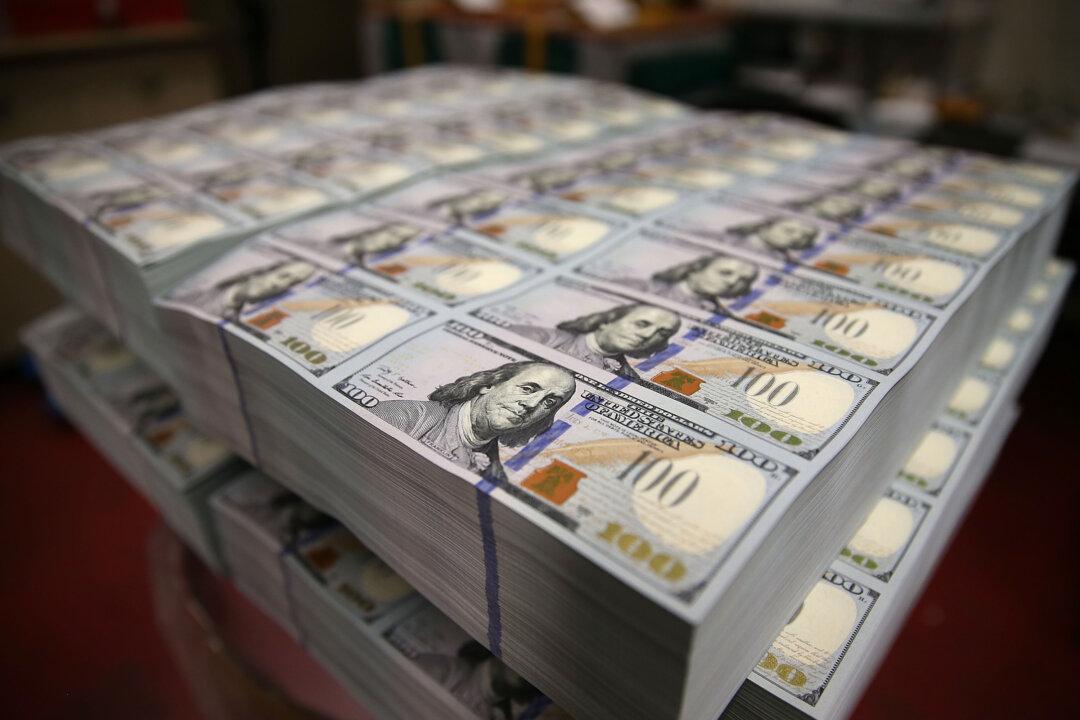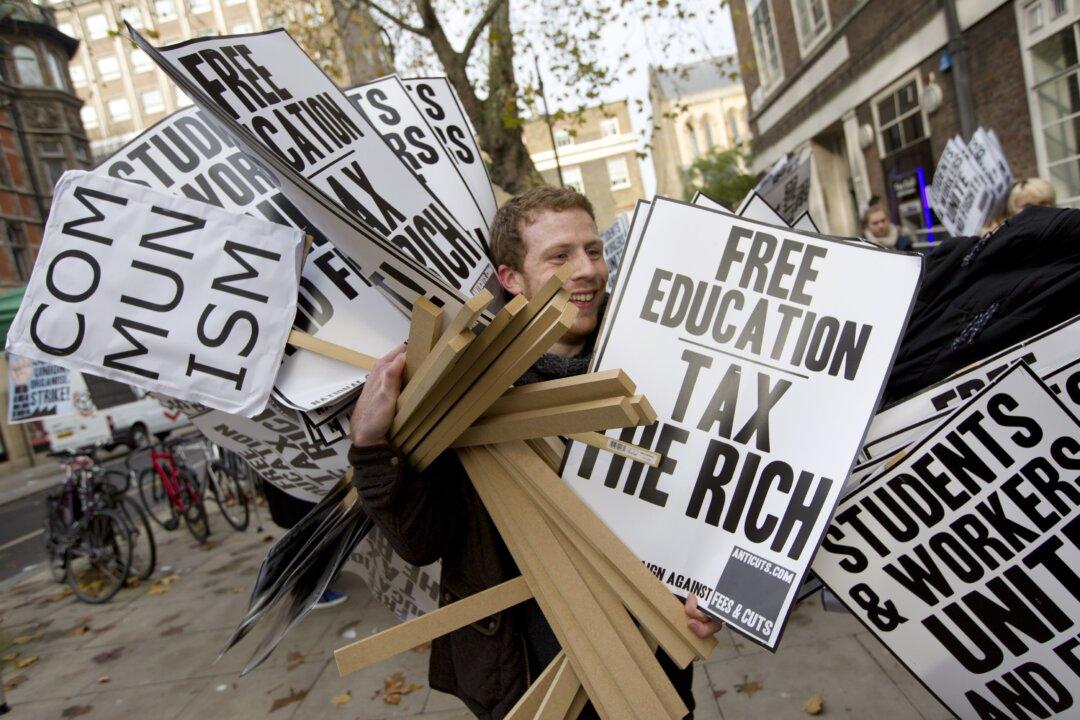Commentary
I’ve been sounding the alarm about chronic federal deficit spending—practiced by both Republicans and Democrats—steering our country into a fiscal abyss for more than a decade. I feel like a broken record as I periodically chronicle the folly of it all. The process has taken on an air of inevitability as we watch what feels to me like a slow-motion train wreck.





